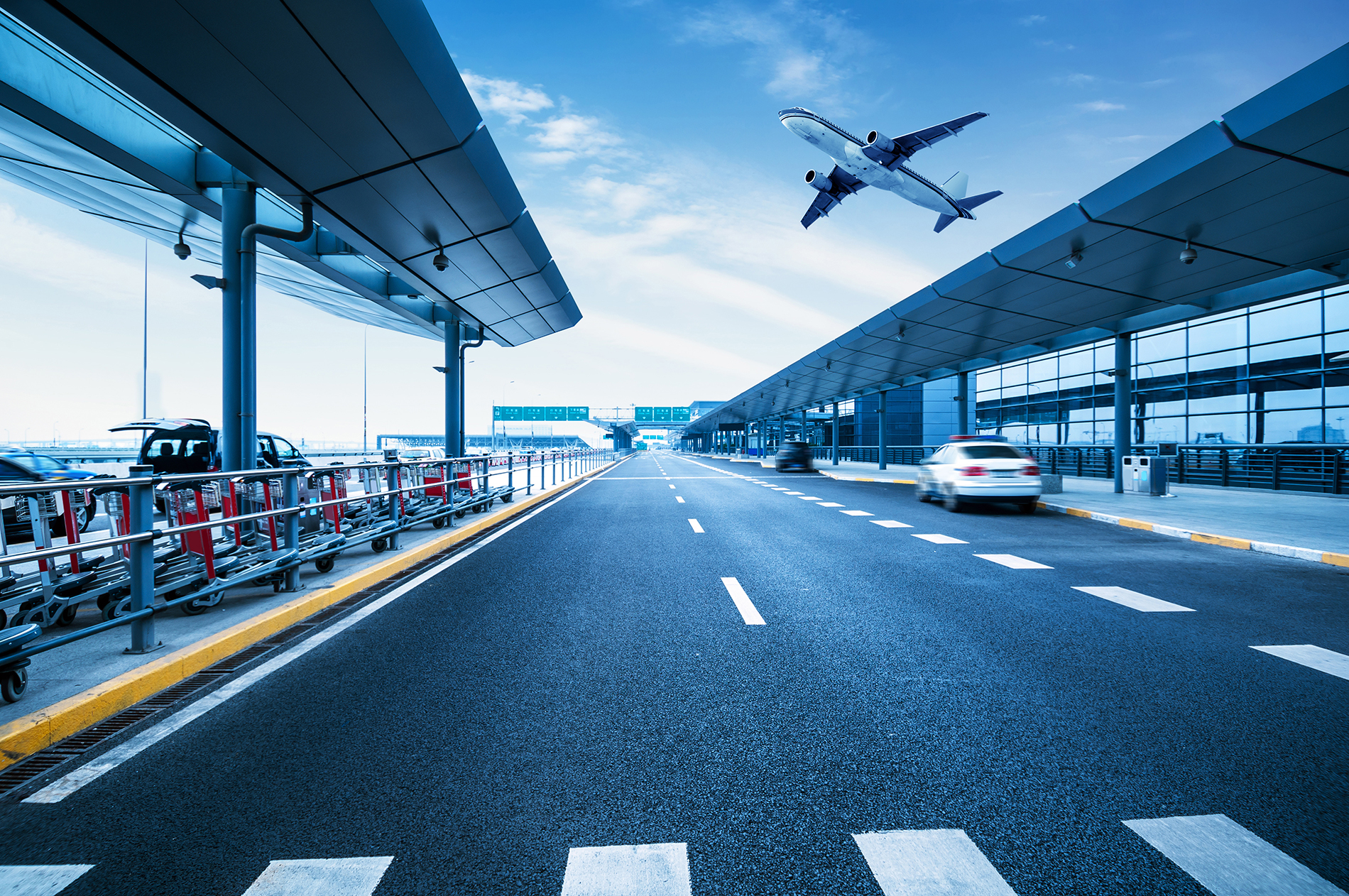Acting Predictively with Data Analytics: How Business Intelligence Can Help Airports Soar

In the age of Big Data, predictive analytics is the next frontier. With all the hype around machine learning and AI, consumers are eager to adopt and leverage predictive capabilities to realize the promise of data-driven technology.
Somewhat of a misnomer, predictive analytics actually refers to the use of deep learning to process and present data in a way that allows humans to think more predictively. One might imagine this refers to sophisticated technology that can, for instance, surveil a crowded airport departures hall, identify signals of a forthcoming crime, and mobilize the security team before the event even takes place.
The reality is that predictive analytics, deep learning and sophisticated video content analytics platforms can take this data intelligence to the next level. For example, airport security and operations managers use predictive analysis to anticipate and prepare for the unexpected – and, especially, for the expected – by enabling a better understanding of standard behaviors.
No airport executive will be shocked when data forecasts an increase in airport traffic during the Holiday season. Many airports may even prepare for this by hiring additional seasonal security and operational staff to accommodate the influx of travelers. However, having granular details about where crowding takes place, the operational weaknesses that lead to lost baggage, and the conditions that indicate a crime is about to be perpetrated, enables these executives to predictively prevent bottlenecks, misrouted luggage, and theft before it happens. Responding predictively requires the accumulation of significant data about routine activity: for example, peak travel times of each day, week, and year; typical traveler traffic patterns; or times and locations where theft often occurs. Today, this data can be detected, extracted and classified from everyday video surveillance footage, at which point video content analytics tools can be used to interpret and understand the information, making it actionable.
Even with access to data-driven video insights, not all events can be predicted. That being said, video analytics technology can be leveraged to help minimize the impact of unforeseen events with real-time alerting. This critical capability can be used to recognize and interpret signals of potential incidents in order to prevent and proactively respond to a range of events, from inefficiencies to crises.
Defining rules to trigger alerts enables those responsible for monitoring video sensors to draw conclusions quickly and respond before an event takes place. Alerts for increased dwell time or crowding in a specific location, enable airport personnel to execute accommodation strategies, such as opening more check-in counters or security lines. If flights are delayed and causing congestion, airport staff can be deployed to help direct disgruntled travelers to the airport’s cafeterias and shops, ultimately, providing improved customer experience, increasing revenue streams and increasing security and operational efficiencies.
Analytics will never be able to predict the future, but, armed with qualitative insights and real-time alerting of activities and trends, organizations from airports to air forces can act more efficiently and effectively. The next frontier for analytics, it seems, is exploring how technology can be trained to behave prescriptively, provide valuable operational benefits and thwart potential crime.
Signup to receive a monthly blog digest.